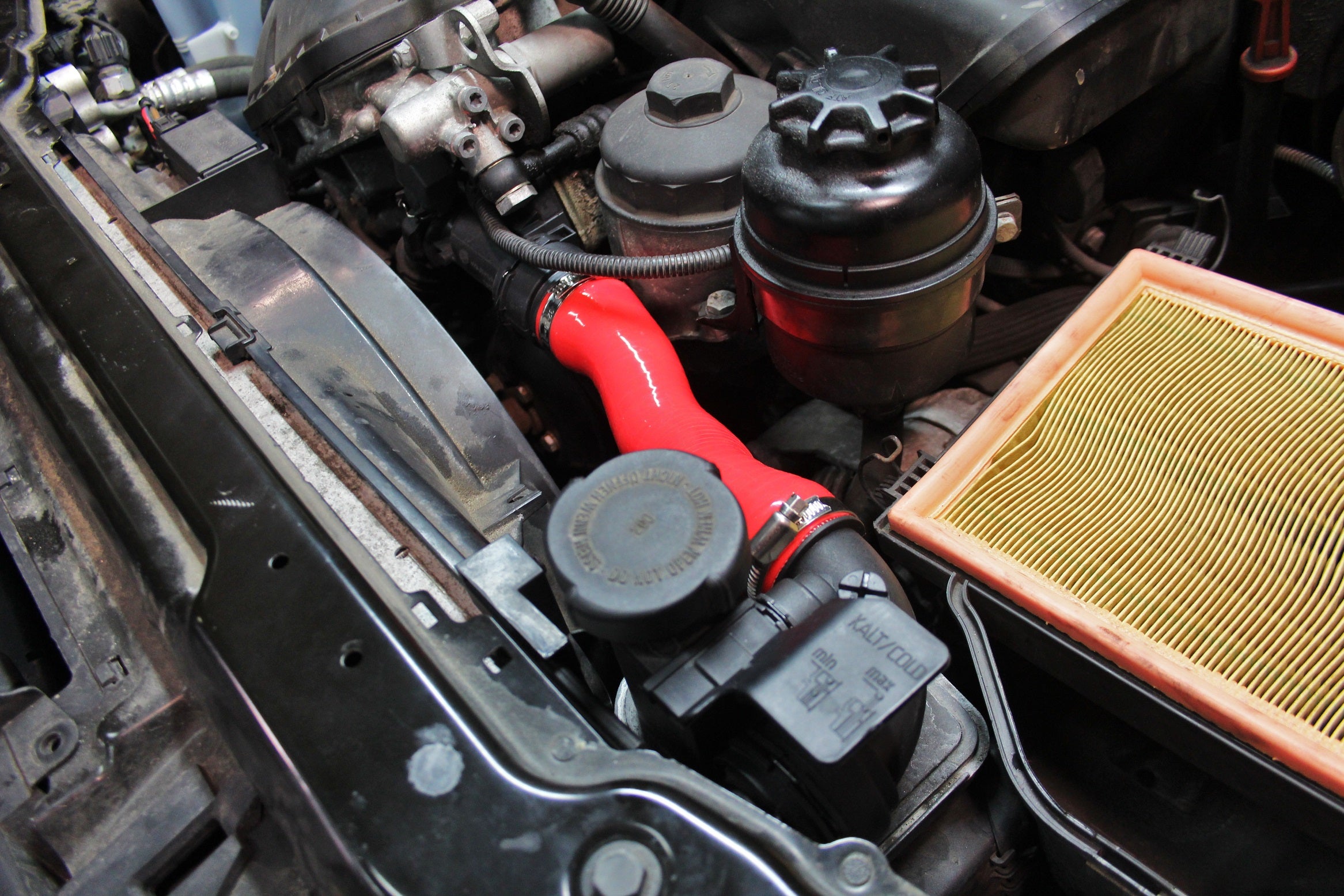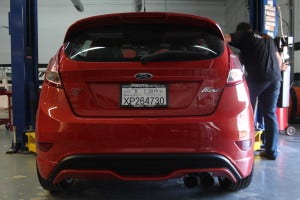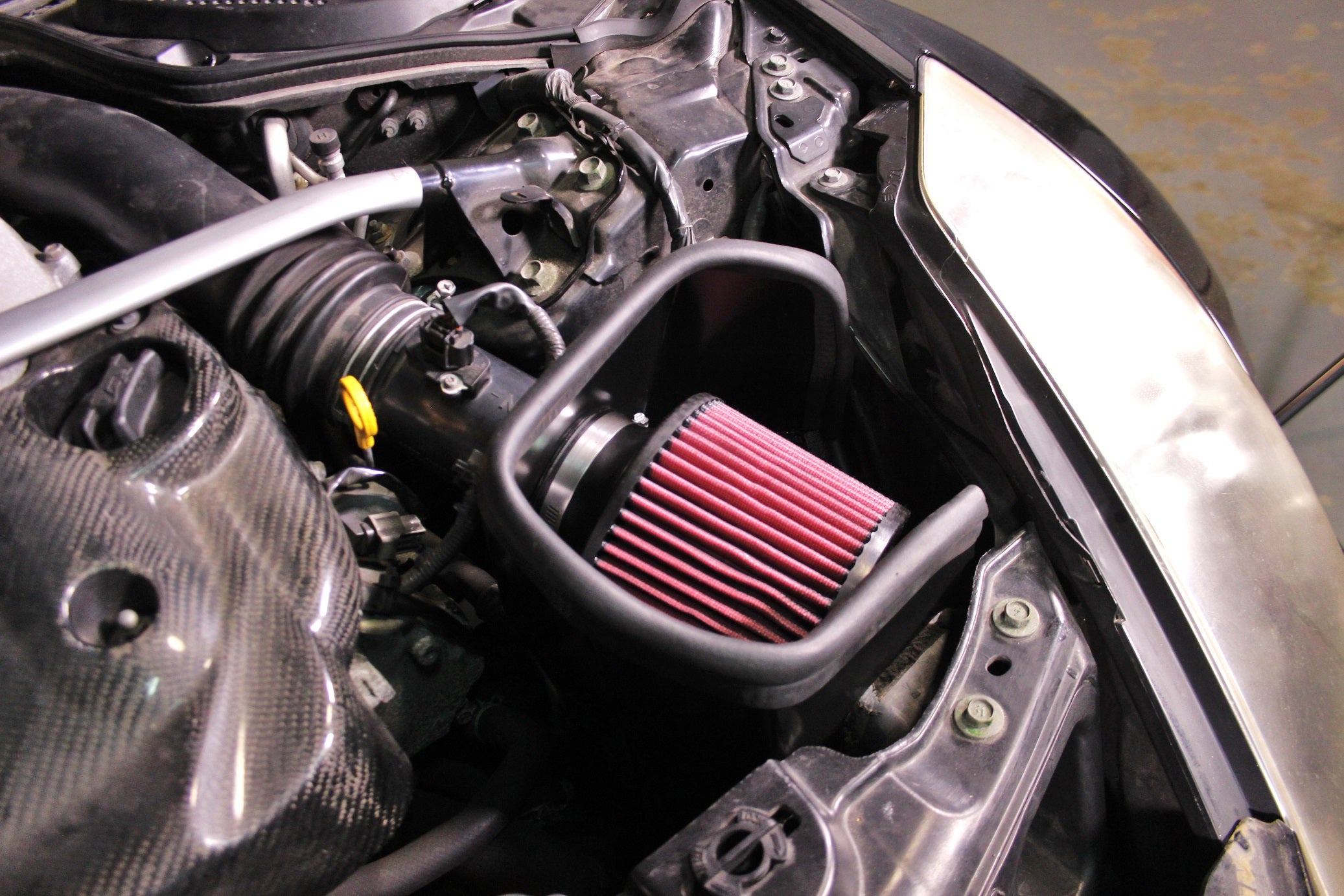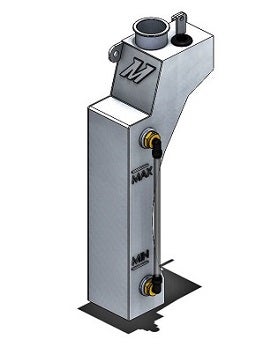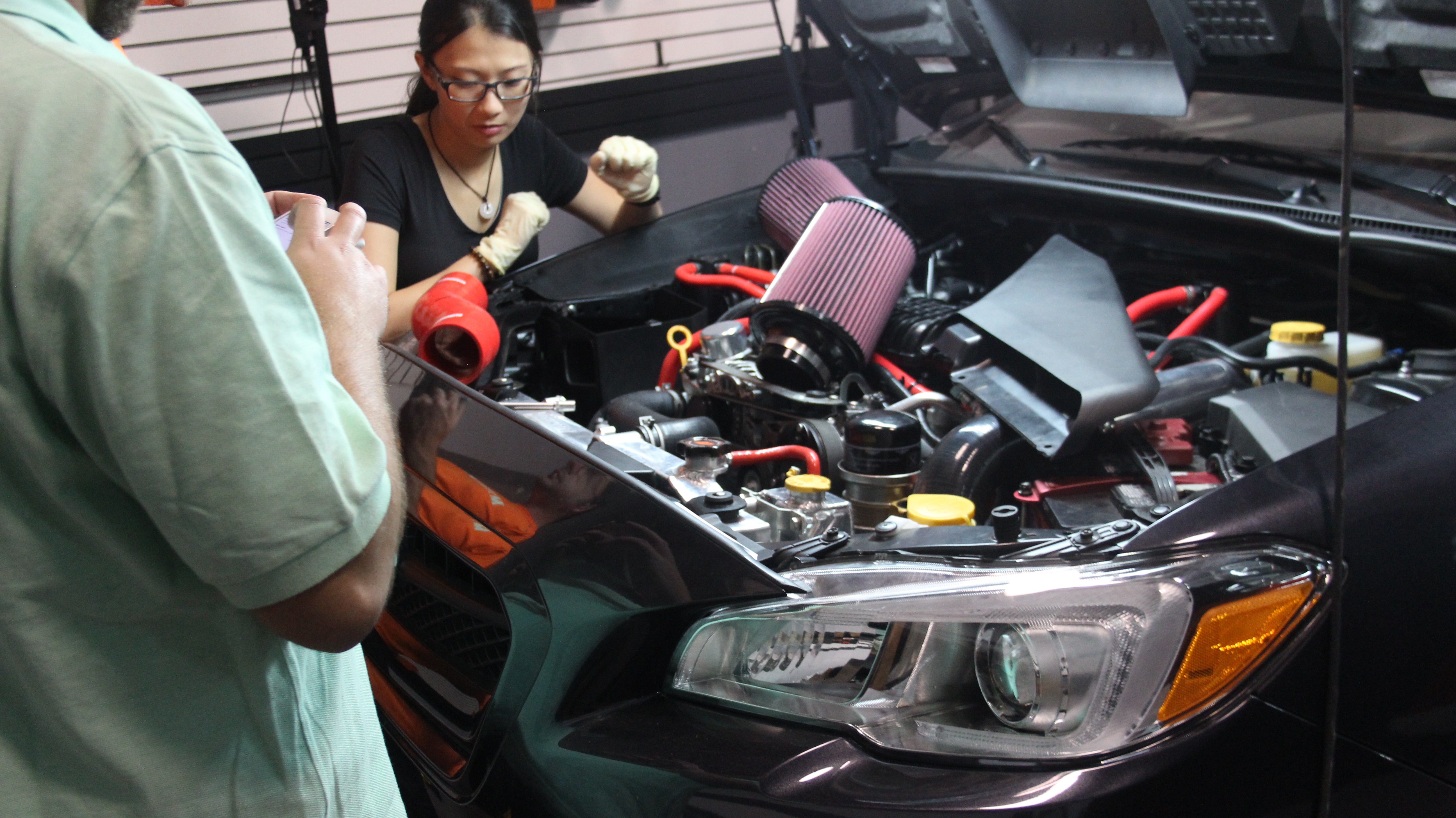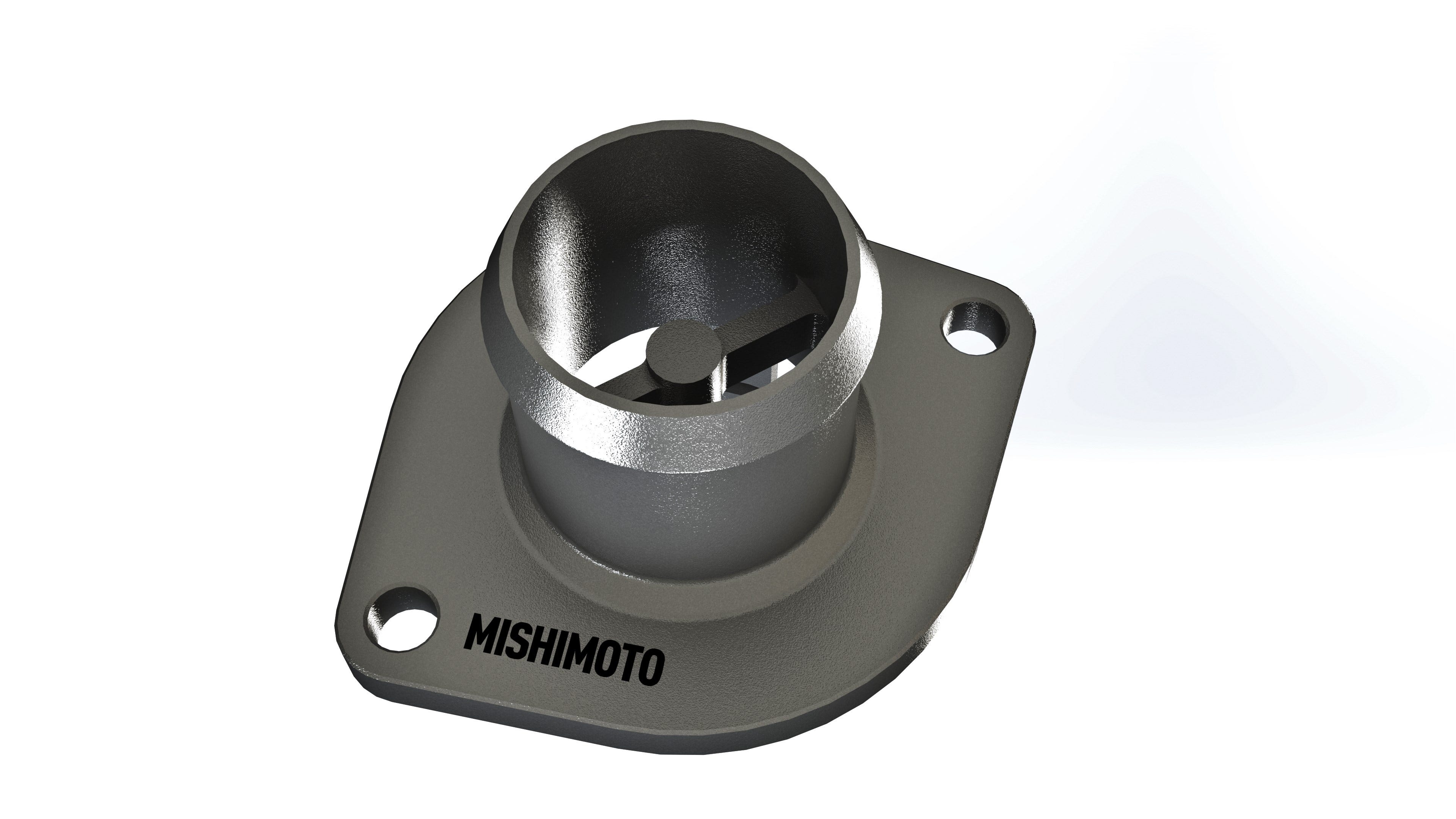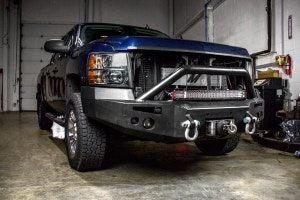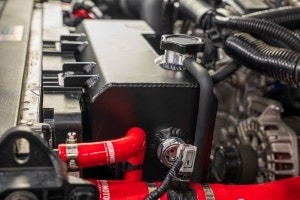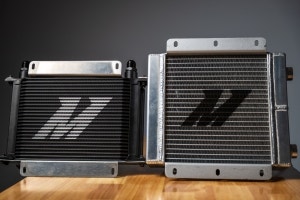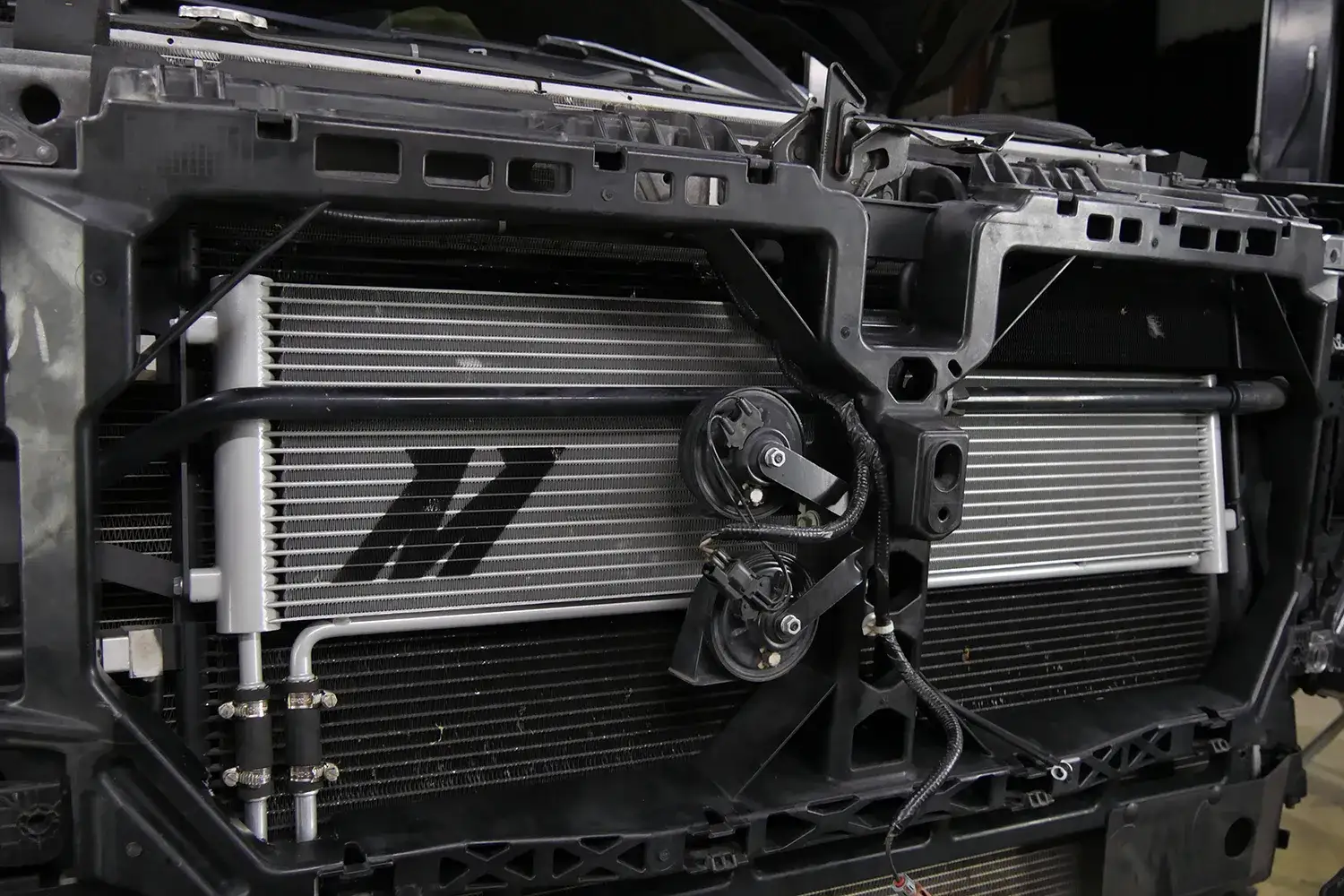We've discussed R&D for many of our typical product segments for the Fiesta ST. These include our in-progress aluminum radiator, our already released catch can kit and oil cooler solution, as well as our nearly complete intake system and exhaust components (both cat-back and downpipe). Our company is also known for its strong line of heat exchangers, so we certainly need to see what can be done about the undersized stock intercooler on the Fiesta.
Heat is a big enemy of the Fiesta, as many have already discovered during track driving. High oil temperatures, high coolant temperatures, and a heat-soaked intercooler all commonly occur after short periods of aggressive driving. We've been actively tackling both the coolant and oil temperature concerns in other development threads, but now it's time to lower the intake temperatures with an upgraded intercooler.
Stock Intercooler Evaluation
You've probably seen the stock Ford Fiesta ST intercooler on

